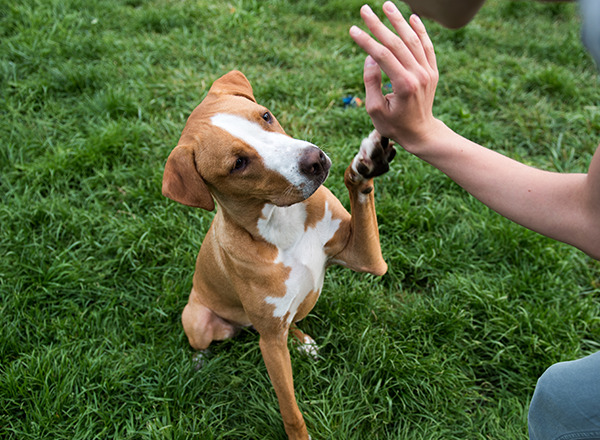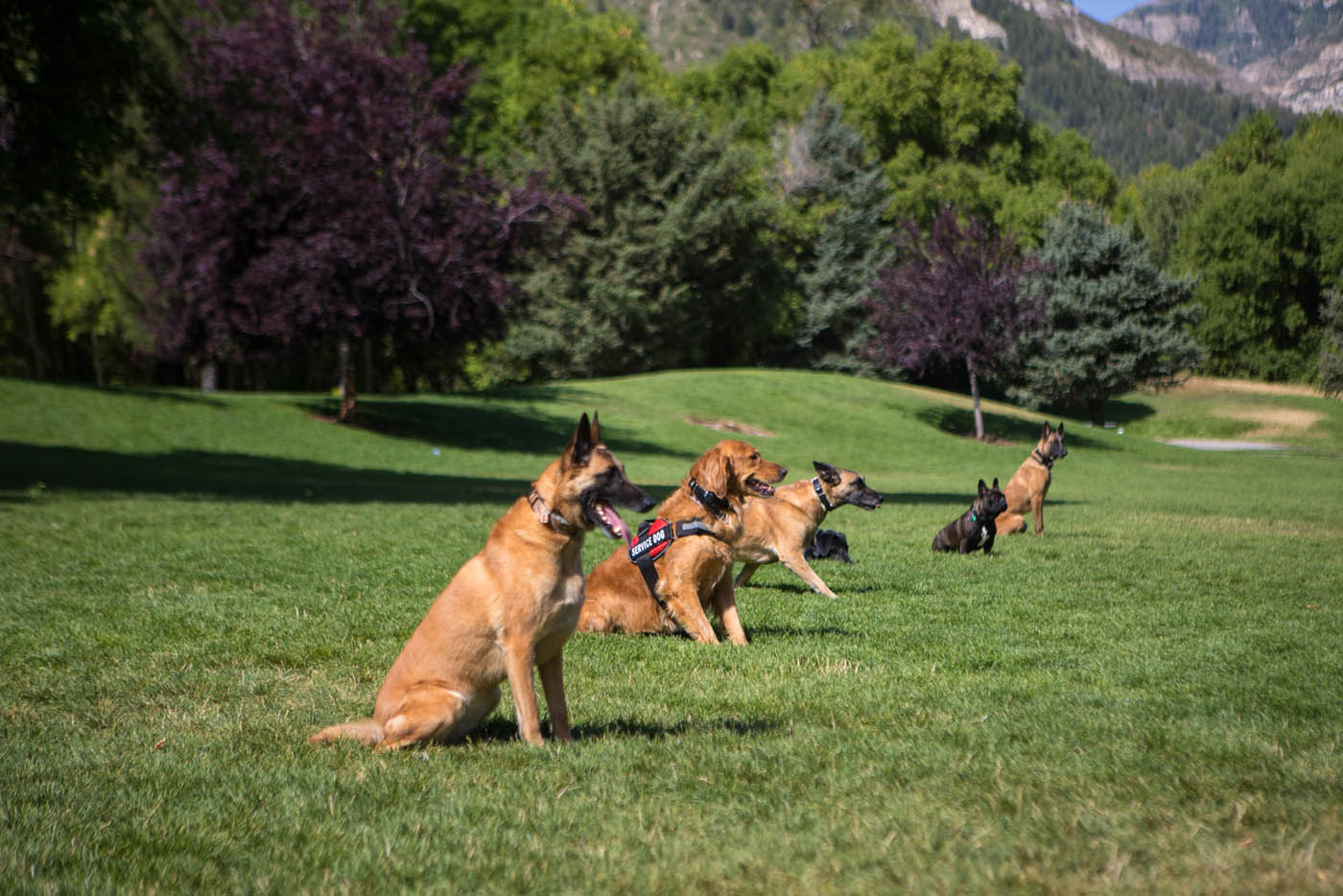Top Pet Educating Methods Every Owner Ought To Know

Favorable Reinforcement Techniques
Using favorable support techniques is crucial for effective pet training, as it promotes a relying on bond in between the trainer and the pet dog. This technique concentrates on satisfying preferable actions as opposed to punishing undesirable ones, developing a setting helpful to finding out. Incentives can consist of treats, appreciation, or play, which motivate canines to duplicate the behaviors that earn them these incentives.

Furthermore, this method enhances the canine's excitement for training sessions. They are a lot more involved and receptive when canines associate training with favorable experiences. Dog training. Beyond instant actions modification, positive reinforcement motivates a collaborative relationship between the pet and fitness instructor, minimizing anxiousness and concern
To take full advantage of effectiveness, it is important to deliver rewards without delay, ensuring the canine connects the habits with the support. Essentially, favorable support strategies not only produce better-trained canines however also promote an unified collaboration in between dog and proprietor.
Clicker Training Method
The clicker training approach is a highly effective method that builds on the concepts of favorable reinforcement by adding a distinct sound to mark desired behaviors. This approach makes use of a tiny portable tool that creates a clicking sound, enabling fitness instructors to interact with their dogs in a prompt and clear manner. When a pet dog carries out a behavior that the owner desires to encourage, the clicker is activated, followed by an incentive, generally in the type of treats or appreciation.
The key to effective clicker training exists in uniformity and timing. It is important to click at the exact minute the desired habits happens, ensuring that the dog links the noise with the activity and the succeeding reward. This approach not just improves communication however also cultivates a stronger bond in between the dog and the proprietor, as it motivates involvement and communication during training sessions.
Clicker training can be applied to a selection of commands and behaviors, from standard obedience to a lot more complex methods. Its versatility and performance make it a favored strategy amongst expert trainers and animal proprietors alike, leading the way for a receptive and well-trained canine friend.
Leash Training Basics
Effective chain training is essential for ensuring a satisfying and secure strolling experience for both dogs and their owners. A level collar might work for some pet dogs, while others may benefit from a harness that minimizes pulling.
Introduce your canine to the chain gradually, allowing them to discover it in a comfortable setting. Once they are accustomed, method loose-leash strolling. This includes rewarding your canine for walking next to you rather than pulling ahead. Usage deals with and appreciation to reinforce more helpful hints wanted actions, and make sure to continue to be calm and assertive.
If your dog begins to draw, stop strolling promptly. In addition, technique numerous walking settings to assist your pet dog adjust to interruptions.
Regular practice will certainly solidify your pet dog's understanding of chain rules. Keep in mind that leash training is a recurring process; persistence and consistency will certainly generate the very best results, cultivating a positive experience for both you and your canine buddy.
Socializing Approaches
Socialization is a critical facet of dog training that should preferably begin throughout puppyhood yet can be advantageous at any type of age. Efficient socialization aids canines establish confidence and minimizes the chance of behavior issues. To carry out successful socialization strategies, subject your pet to a variety of settings, people, and various other animals.
Beginning with regulated setups, such as puppy courses or arranged playgroups, where young dogs can communicate securely. Gradually present your pet to new experiences, consisting of various noises, surfaces, and tasks. Guarantee these encounters are positive and rewarding to develop a feeling of security.
For grown-up pets or those doing not have direct exposure, begin with low-stress situations. Short, positive communications with friendly human beings and calm canines can develop favorable organizations. Use deals with and praise to reinforce preferable behaviors during these experiences.

Consistency and Perseverance
Acknowledging the significance of consistency and perseverance in pet training is crucial for attaining long-term outcomes. Educating a pet dog is a progressive process that calls for an organized technique and unwavering commitment from the owner. Each command or actions need to be enhanced consistently to aid the canine comprehend what is expected of them. Irregular training can result in confusion, making it difficult for the pet dog to grasp habits or commands, inevitably hindering progression.
Additionally, perseverance is a vital component of efficient training. Pet dogs, like people, discover at their own pace. Some might comprehend concepts swiftly, while others might take longer. It is important for owners to continue to be helpful and calm, strengthening favorable actions without considering stress or punishment. This cultivates a relying on connection between official website the dog and proprietor, encouraging a more passionate and ready student.
To grow consistency and perseverance, develop a routine training regular, make use of the same commands, and ensure that all member of the family use the exact same training principles - Dog training. By doing so, you create a stable atmosphere for finding out, allowing your canine to flourish and develop right into a well-behaved companion
Verdict
In conclusion, reliable canine training techniques, such as positive support, clicker training, and proper leash training, are crucial for promoting a healthy owner-dog connection. Additionally, implementing socializing strategies and preserving consistency and patience throughout the training process adds significantly to a canine's general well-being. By integrating these methods, canine owners can assist in the growth of well-adjusted, obedient pets, ultimately improving the top quality of life for both the pet and the visit this web-site owner.
Amongst the most prominent methods are positive support, clicker training, and leash training, each offering unique benefits that add to a mannerly pet dog. As we check out these essential approaches, it ends up being evident that grasping their subtleties can dramatically influence the training experience and the dog's overall actions.Making use of positive reinforcement strategies is essential for efficient pet training, as it fosters a relying on bond between the dog and the instructor.In conclusion, efficient dog training techniques, such as positive support, remote control training, and correct chain training, are important for fostering a healthy and balanced owner-dog partnership. By incorporating these methods, pet proprietors can help with the growth of well-adjusted, obedient family pets, eventually boosting the high quality of life for both the pet dog and the owner.